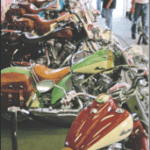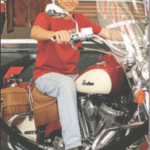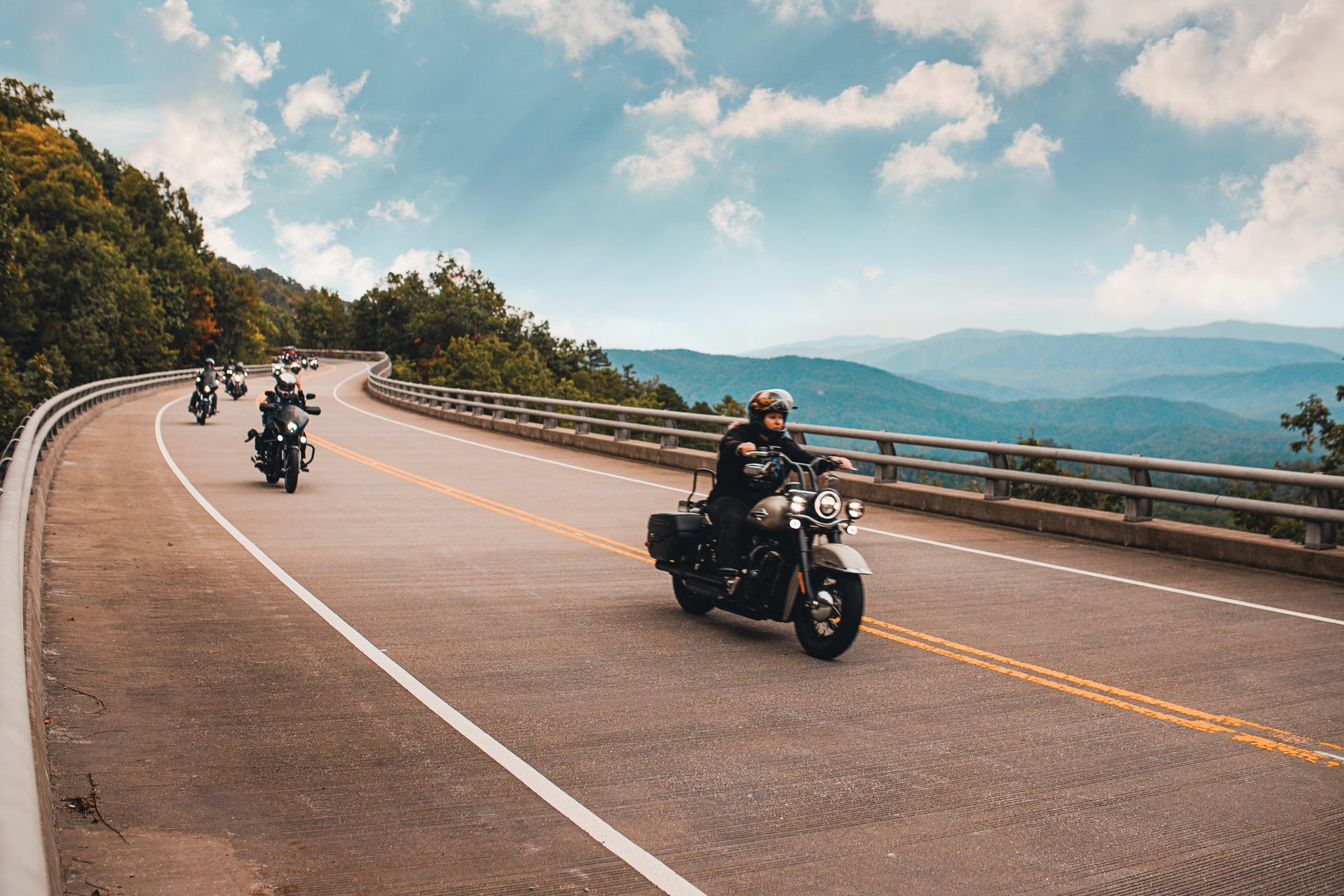Powwow in Sturgis
New Chief beats the drum
Sturgis, S.D., August 8—The Indian Motorcycle Company has seen almost as many skirmishes over the last century as those original Plains inhabitants of 150 years ago. Following the closure of the company’s Springfield, Massachusetts, plant in 1953 after more than a half century of prominence, the Indian marque went into chaotic decline, appearing initially on Royal Enfields and Velocettes, and later on minibikes of Italian and Taiwanese origin before ending up mired in years of litigation. The sensational resurrection of the brand by Gilroy, California-based IMCOA in 1999 ended badly when the company abruptly ceased operations in 2003, leaving legions of dealers and consumers in the lurch. The beleaguered marque changed hands once more in July of 2004 when London-based Stellican Limited bought the rights to Indian Motorcycles. Initially little information was released to the public, which led to a storm of conjecture.
Stellican Limited is a private equity firm that is unique in that it specializes in acquiring and reviving distressed companies, especially those with an iconic heritage and dealing with recreational products. Their latest success story was bringing beleaguered Chris-Craft Boats back from the brink of oblivion after purchasing it in 2001. Can they do the same with Indian? Thunder Press traveled to Sturgis for the unveiling of the company’s 2009 model lineup and an exclusive interview with Chairman Stephen Julius to ask that very question.
Strategically located on the corner of 4th and Lazelle, the big red Indian rig entertained a lot of curious visitors during the Black Hills Classic. Under the awning, all four Chiefs were on display: the Chief Standard, the Deluxe, the Roadmaster and the Vintage. When asked what enticed him to resurrect Indian Motorcycles, Julius said, “Indian is a historic American motorcycle brand with a fantastic history and heritage. It’s difficult not to fall in love with a brand like Indian. That was the first reason. The second one is I just saw a huge opportunity in a market that was dominated by one company, to develop a business with a brand that’s as famous as Harley-Davidson and provide an alternative. Our ambitions are really to develop a high-quality, prestigious, small-volume manufacturer selling beautiful bikes to people who appreciate real quality.”
When asked how small of a volume, he stated the company had plans to produce 750 units their first production year, a figure they hope to double in the following year. The bikes will be sold through a network of 100 dealerships they hope to develop over the next three years. Their first flagship store is outside of Charlotte, North Carolina, and is to serve as a template for the other dealerships nationwide. Indian has broken down these dealers into three rankings, A, B and C, with 15 stores in both the A and B markets and 70 in the C market. These market rankings are based on figures for motorcycle registrations over 900 cc’s in a given location. Both the A and B markets will be mono-brand shops and carry Indian exclusively. The C dealerships will most likely be multi-brand dealers. The company’s desire is to create outstanding flagship operations where a customer will enter “an entire world that is dedicated to Indian—from beautiful bikes to apparel,” Julius stated.
When asked about any stigma from the Gilroy Indian failure affecting his success, Julius said that experience has shown that most ill will comes from the dealer network rather than the consumer. But when the product you’re producing is beautifully designed, has great quality and good performance and is backed up with solid service, the goodwill of the brand comes flooding back and the bad memory of a bankruptcy evaporates quickly.
Technical development ranks high at Indian. With a sizable engineering department of almost 30 (including some obtained from major motorcycle manufacturers), Julius states that the new Indian Motorcycle Company is built on a foundation of solid engineering. He feels the company’s second strongest asset is their dedication to fit and finish. His desire is for Indian to be the “Bentley of the American motorcycle market.” As such, don’t expect to see any flame paint jobs or skull motifs being offered by Indian. That would not fit their image of Old World craftsmanship melded with modern technology. And they are not limiting themselves only to America. When speaking of worldwide dealerships, Julius stated that he believes they could sell five times as many bikes abroad as their current projections for the U.S.
All models use a revamped 105 cubic inch Power Plus motor with a closed-loop sequential fuel injection system. (Indian reports they are in the final stages of EPA and CARB certification at present, with plans to be 50-state compliant.) Power is fed to the 150mm rear tire through a chain-drive primary and a Baker 6-speed with a belt as the final drive. Although the basic architecture of the frame remains the same as the “Gilroy” model, 14 months of engineering was invested in tweaking it to meet their standards. A monoshock takes up the bumps in the rear while a 41mm hydraulic fork handles the chore up front. Hoping to extend brand loyalty to those not even associated with motorcycles, Indian is attempting to build a stand-alone apparel line with major fashion shows in New York and Las Vegas and distribution through high-end retail outlets such as Nieman-Marcus.
But will this stategy to appeal to an elite clientele succeed in selling motorcycles in depressed economic times? Julius is optimistic. Even with price tags on these beauties (and they are definitely beautiful machines) ranging from $31,000–$35,500, he said that the interest level during the Sturgis rally was overwhelming. When asked how many deposits had already been received, Indian’s Chief had no comment.
Fire off a Letter to the Editor NOW!More Sharing ServicesBookmark & Share | Share on facebook Share on myspace Share on google Share on twitter




















